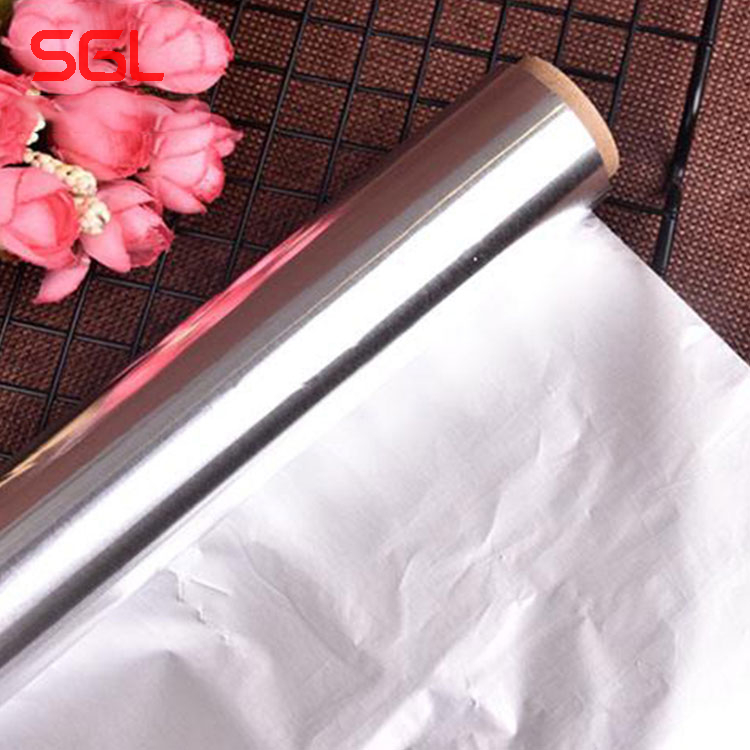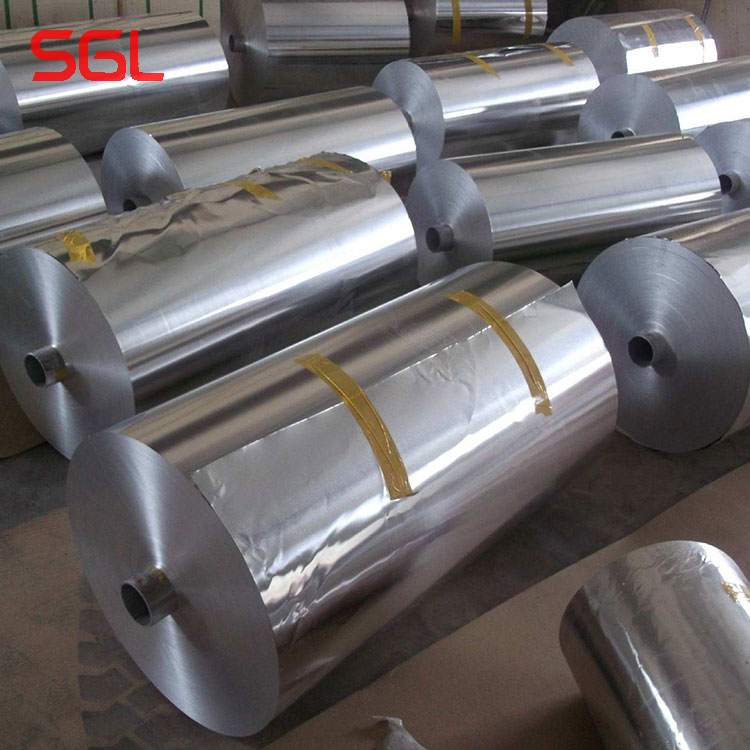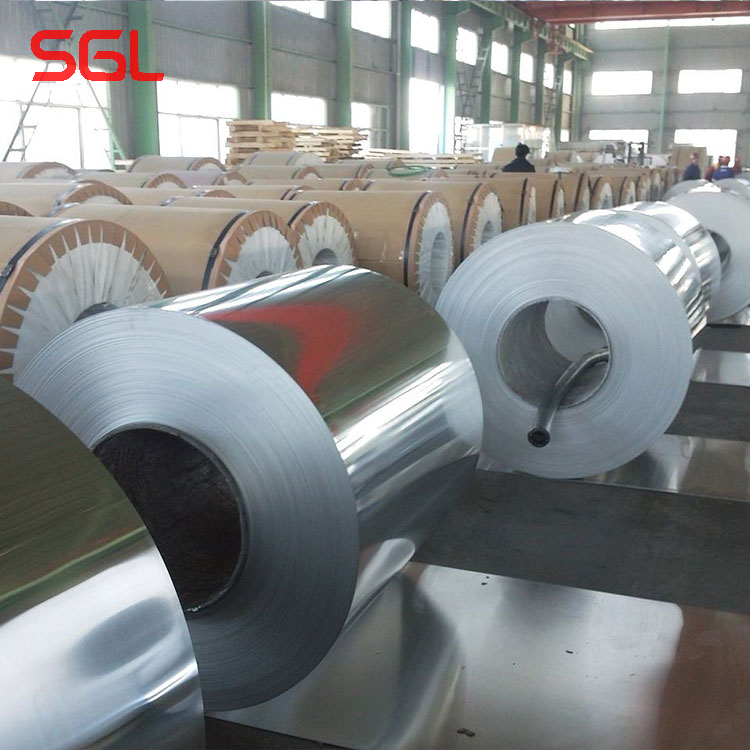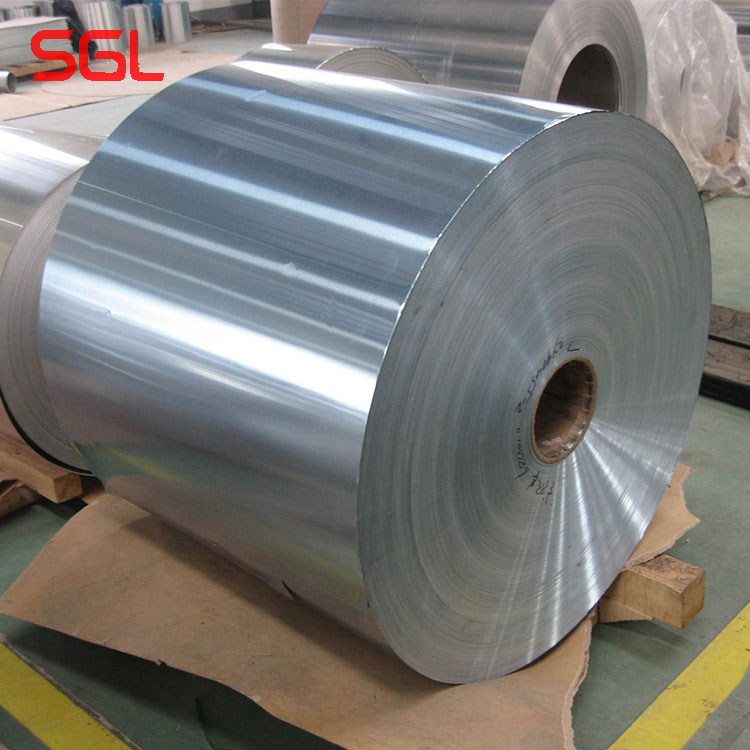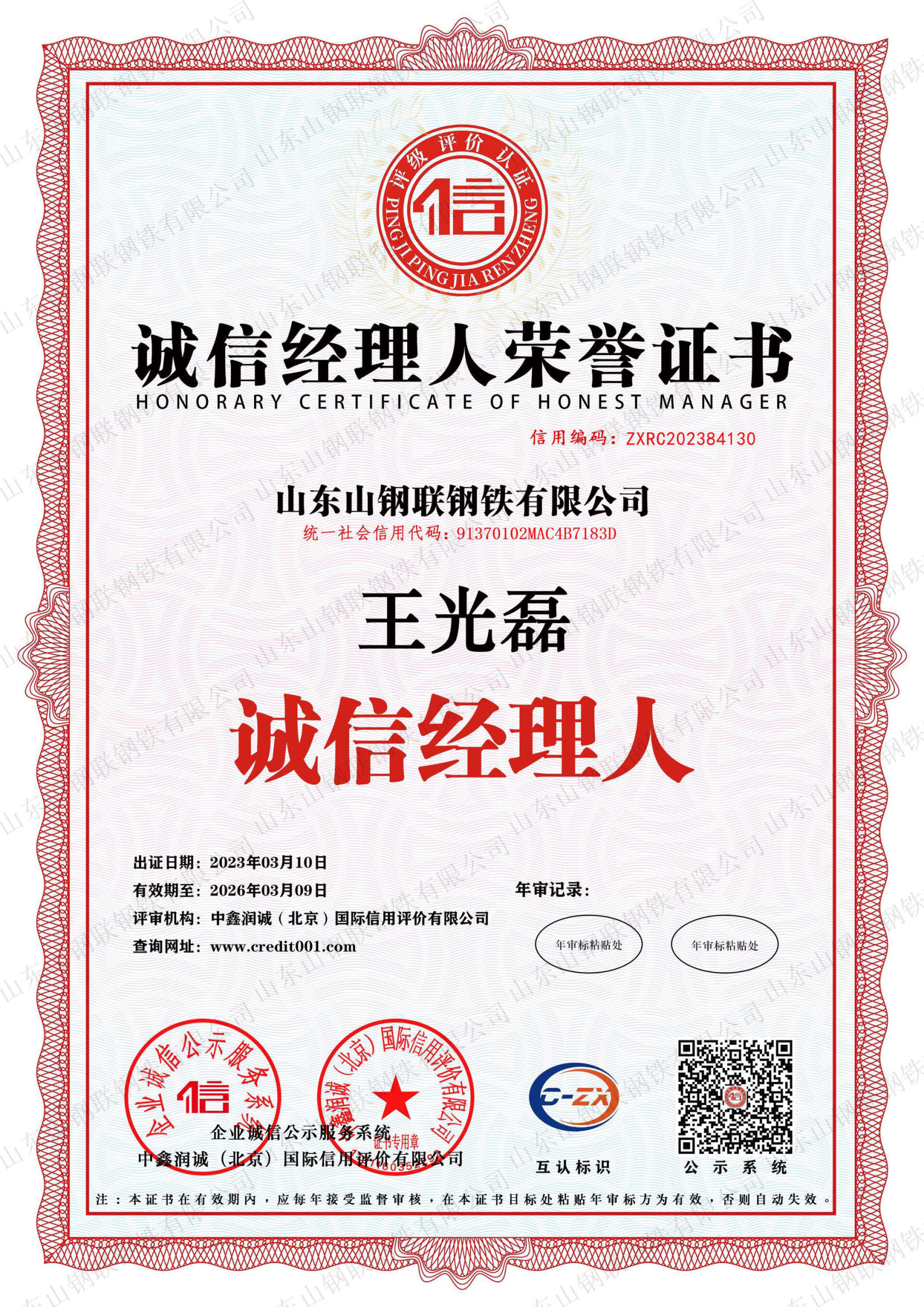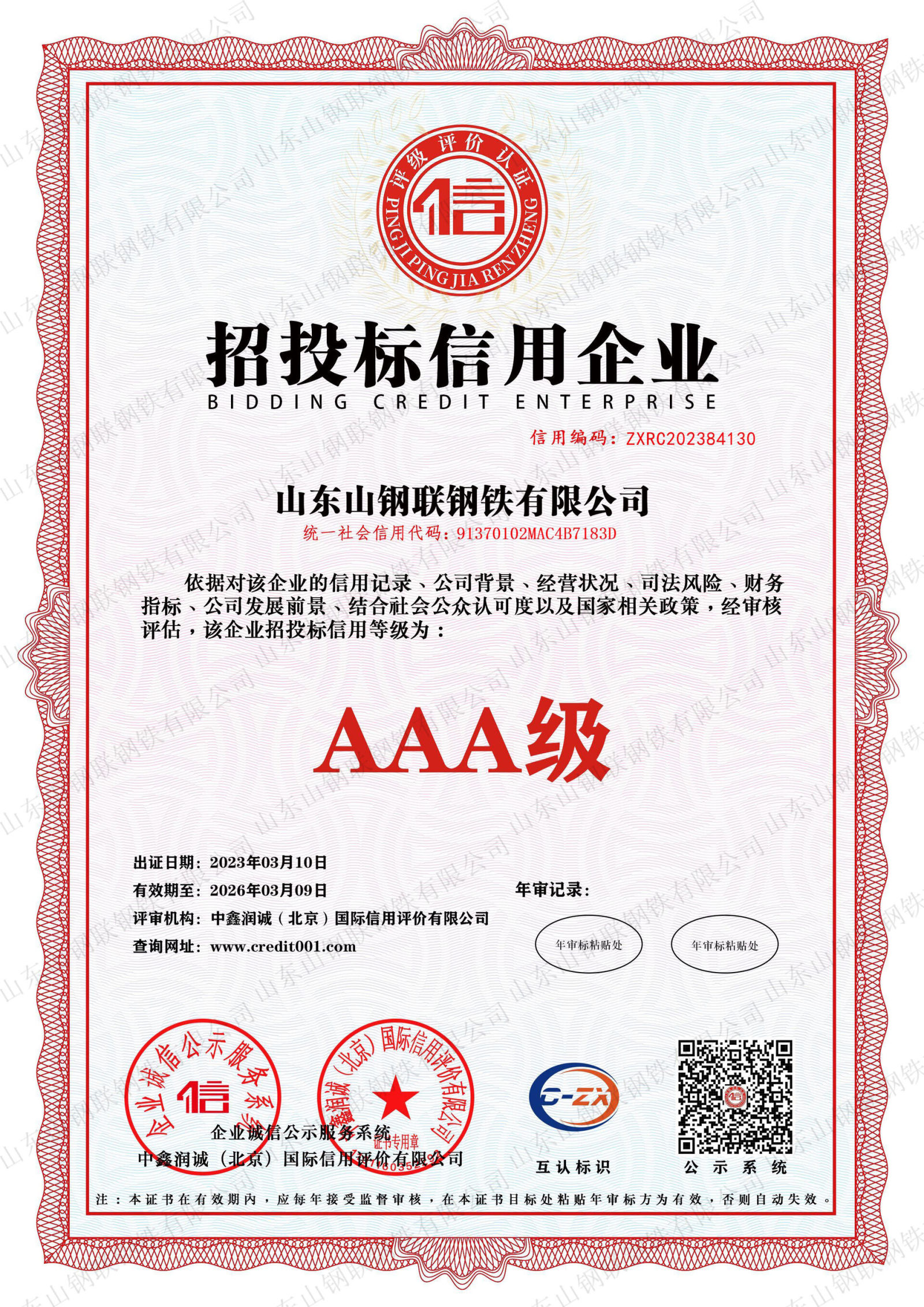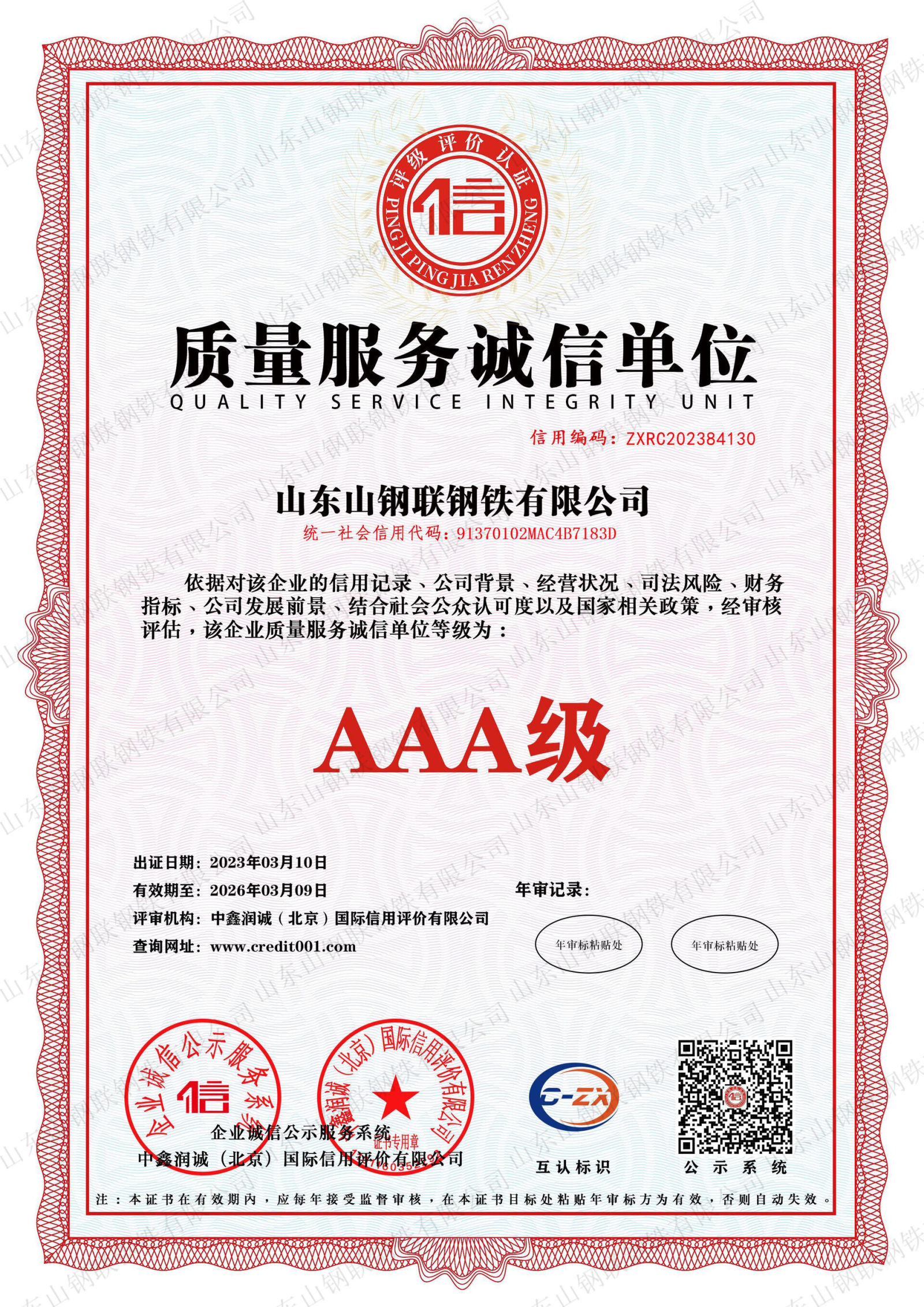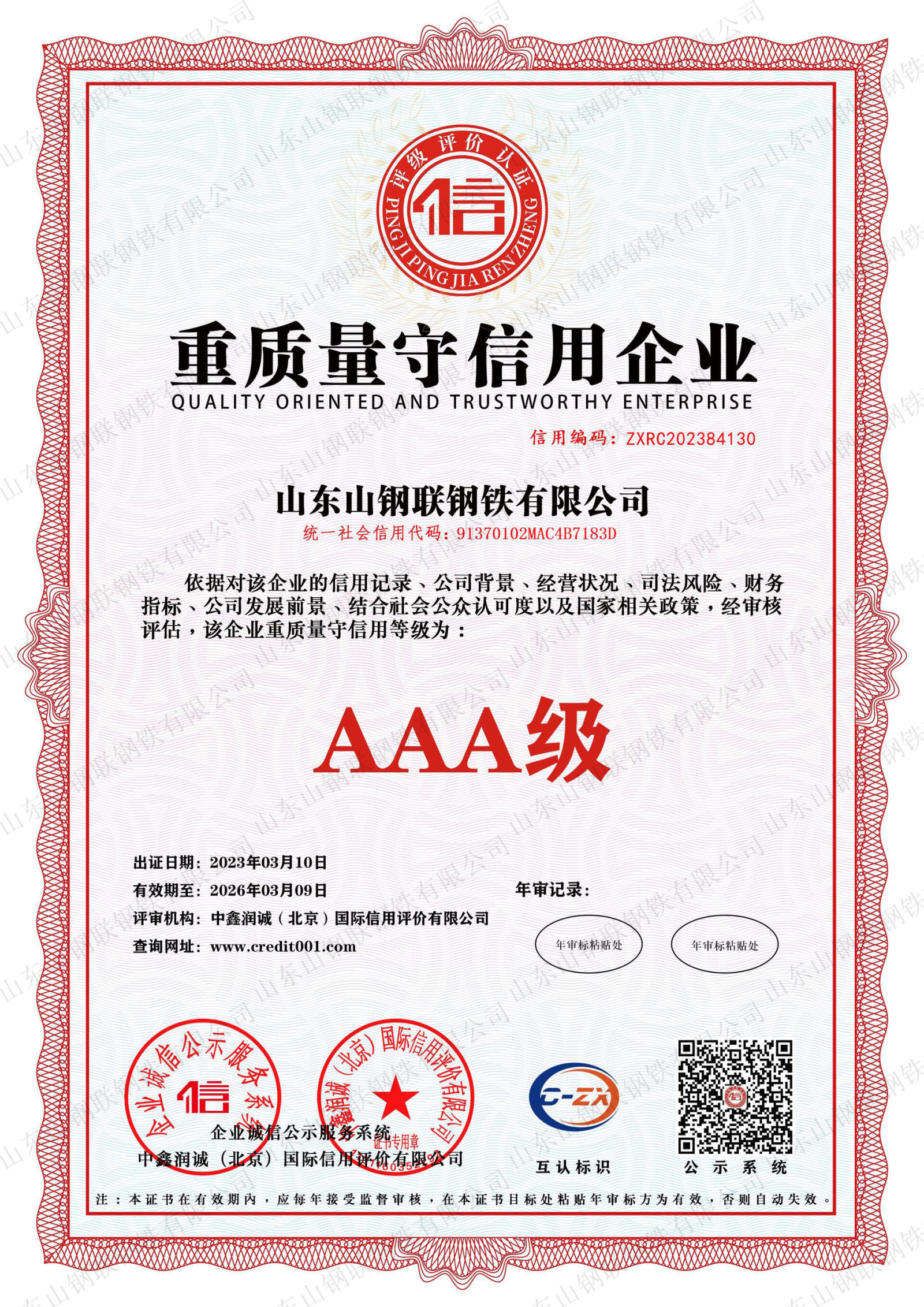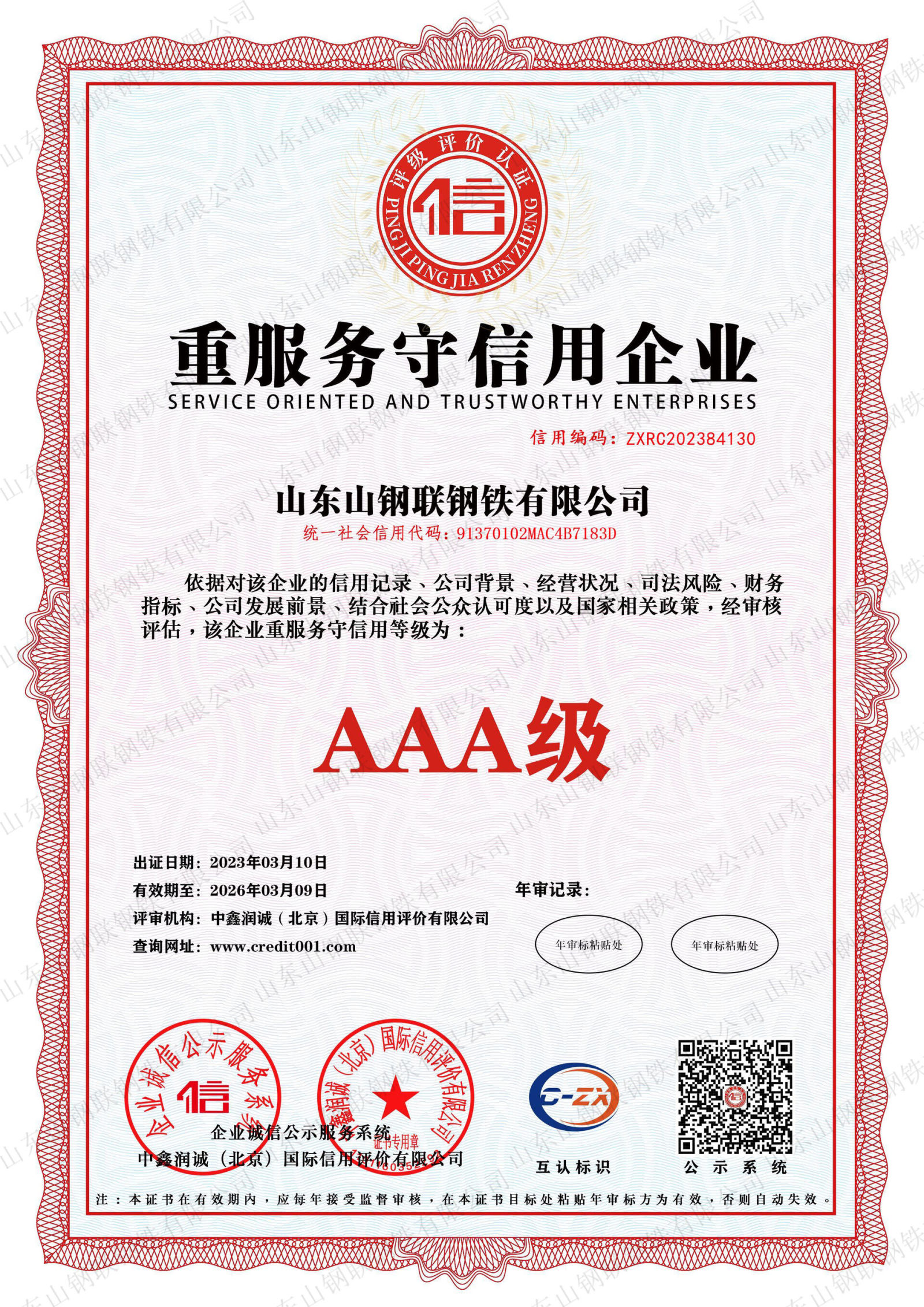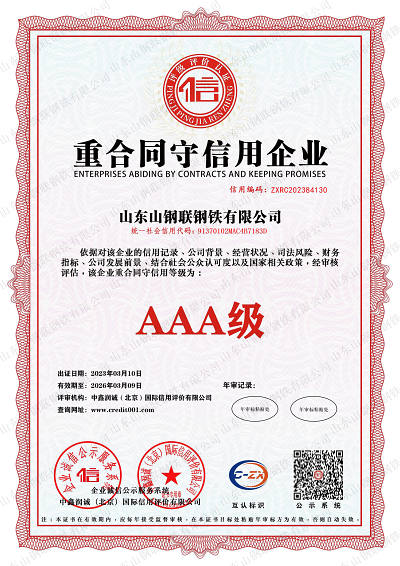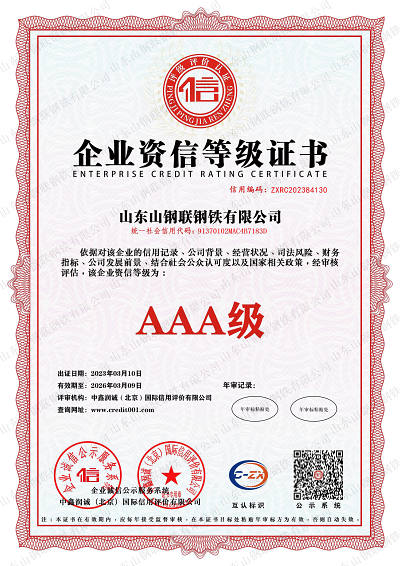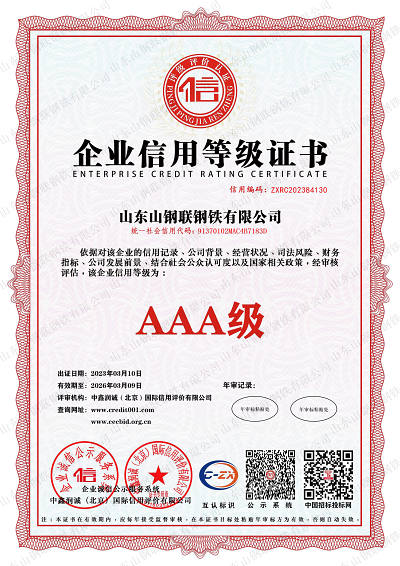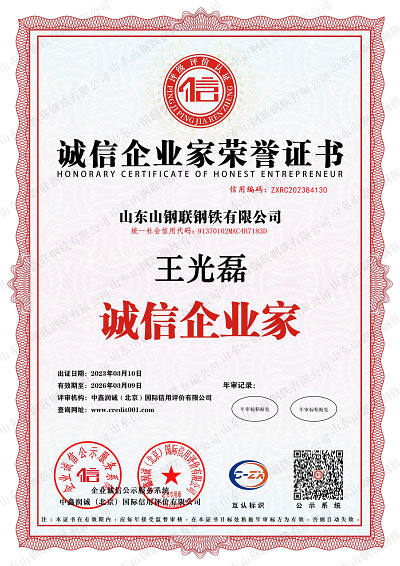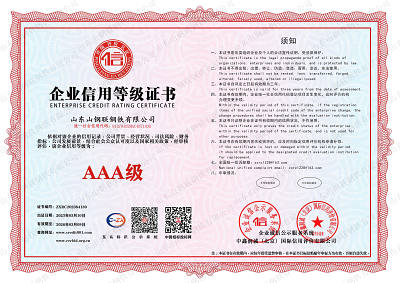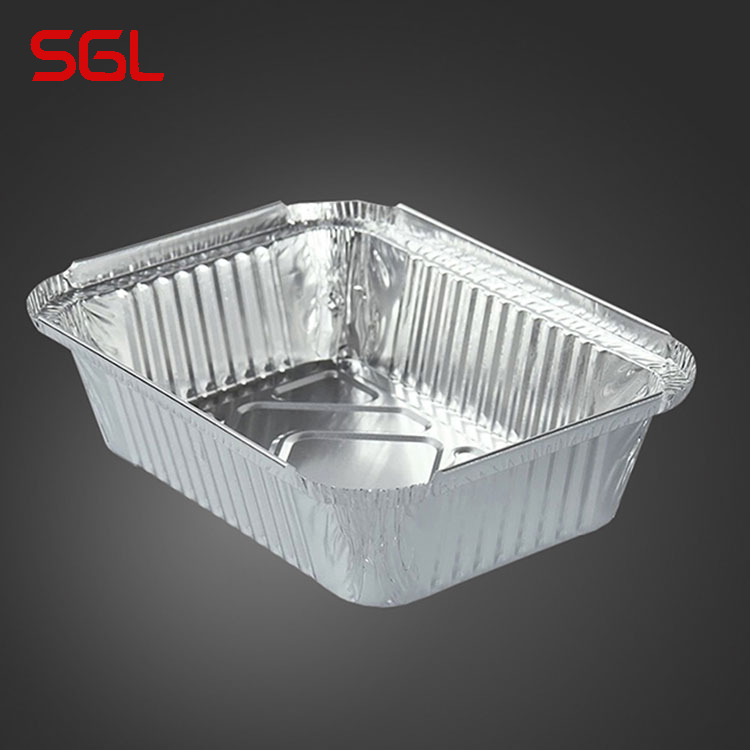
PRODUCTS
The particularity of aluminum foil rolling:
In the production of double foil, the rolling of aluminum foil is divided into three processes: rough rolling, intermediate rolling, and finishing rolling. From the point of view of the process, it can be roughly divided from the thickness of the rolling outlet. The general method is that the thickness of the outlet is greater than Or equal to 0.05mm is rough rolling, the outlet thickness is between 0.013 and 0.05 is medium rolling, and the single finished product and the double rolled product with the outlet thickness less than 0.013mm are finishing rolling. The rolling characteristics of rough rolling are similar to those of aluminum sheet and strip. The thickness control mainly depends on the rolling force and post tension. The rough rolling rate is very small, and its rolling characteristics are completely different from the rolling of aluminum sheet and strip. It has the advantages of aluminum foil rolling. The particularity, its characteristics are mainly in the following aspects:
(1) Rolling of aluminum sheets and strips. The thinning of the aluminum strip mainly depends on the rolling force, so the automatic control method of plate thickness is the control method with constant roll gap as the main body of AGC. Even if the rolling force changes, the roll gap can be adjusted at any time to keep the roll gap at a certain value. Thickness can be obtained Consistent sheet and strip. While the aluminum foil is rolled to the middle finish rolling, due to the extremely thin thickness of the aluminum foil, the rolling force is increased during rolling, so that the elastic deformation of the roll is easier than the plastic deformation of the rolled material, and the elastic flattening of the roll cannot be It is neglected that the spring rolling and flattening of the roll determines that the rolling force can no longer play the same role as rolling the sheet. Mainly rely on the adjusted tension and rolling speed.
(2) Rolling. For ultra-thin aluminum foil with a thickness of less than 0.012mm (the thickness is related to the diameter of the work roll), due to the elastic flattening of the roll, it is very difficult to use a single rolling method, so the double-joint rolling method is used. The method of adding lubricating oil between two aluminum foils and rolling them together (also called stacking). Stacked rolling can not only roll out extremely thin aluminum foils that cannot be produced by single rolling, but also reduce the number of broken strips and improve labor productivity. This process can produce single-sided smooth aluminum foils of 0.006mm to 0.03mm in batches.
(3) Speed effect. In the process of aluminum foil rolling, the phenomenon that the thickness of the foil decreases with the increase of the rolling degree is called the speed effect. The explanation of the mechanism of the speed effect needs to be further studied, and the reasons for the speed effect are generally believed to have the following three aspects:
1) The friction state between the work roll and the rolling material changes. As the rolling speed increases, the amount of lubricating oil brought in increases, so that the lubrication state between the roll and the rolling material changes. The friction coefficient decreases, the oil film becomes thicker, and the thickness of the aluminum foil decreases.
2), the change of the rolling mill itself. In rolling mills with cylindrical bearings, as the rolling speed increases, the roll necks will float in the bearings, thus causing the two interacting rolls to move toward each other.
3) The processing softens when the material is deformed by rolling. The rolling speed of the high-speed aluminum foil rolling mill is very high. With the increase of the rolling speed, the temperature of the rolling deformation zone increases. It is calculated that the metal temperature in the deformation zone can rise to 200 ° C, which is equivalent to an intermediate recovery annealing, which causes Process softening of rolled materials.
Formulate the principles of aluminum foil rolling process
①Determination of total processing rate The total processing rate refers to the total deformation degree of the foil after recrystallization and annealing to rolling out the finished product. Generally speaking, the total processing rate of 1 series can reach more than 99%, and some 8 series products can also reach this value, but the total processing rate of aluminum alloy foil is generally below 90%.
②Determination of the pass processing rate The determination of the pass processing rate is the core of the rolling process. For pure aluminum series products, the pass processing rate can reach 65%. The first pass after the billet annealing should not be too large. The processing rate is generally about 50%.
Rolling Thickness
The thickness measurement methods of aluminum foil rolling mainly include eddy current thickness measurement, isotope ray thickness measurement and X-ray thickness measurement. X-ray thickness measurement is the most common thickness measurement method used in aluminum foil production, especially in high-speed aluminum foil rolling mills. Thickness control method during aluminum foil rolling: rolling force control, tension control, rolling speed control, tension/speed, speed/tension control.




Chat Online
